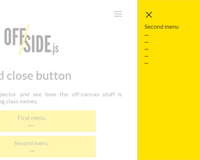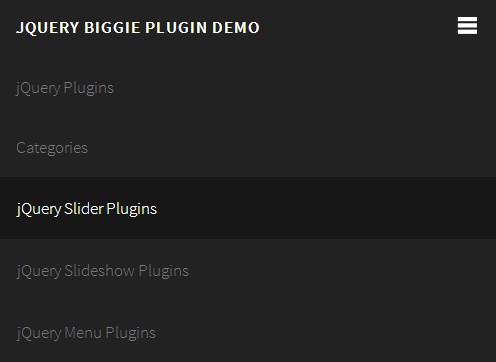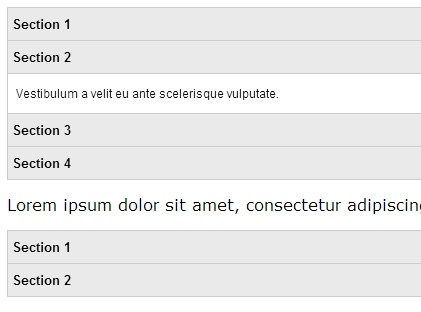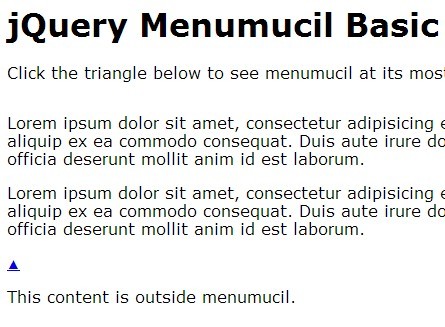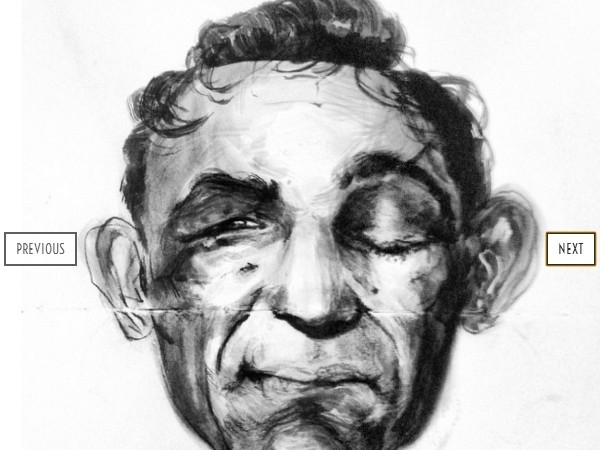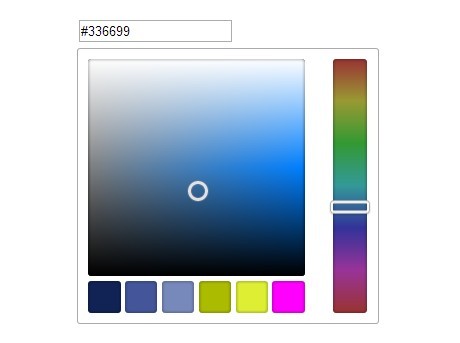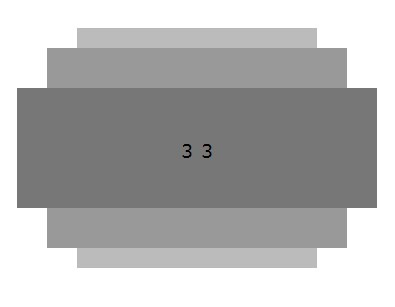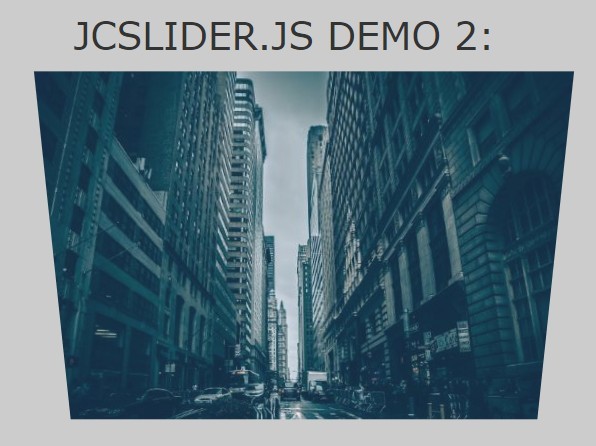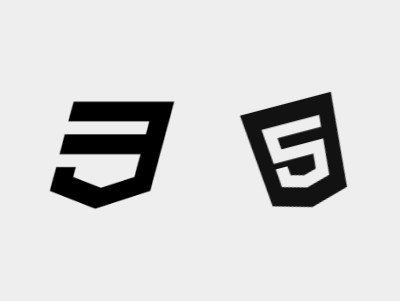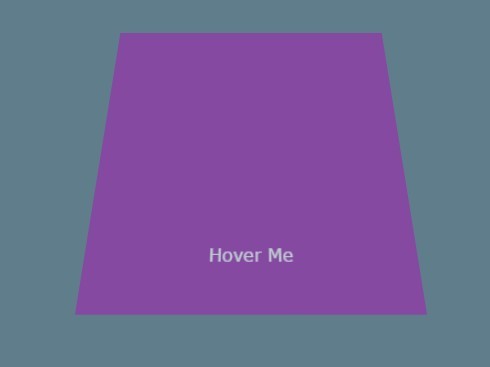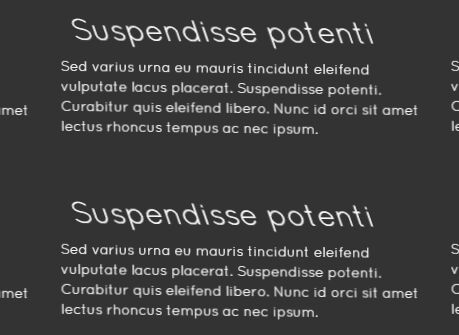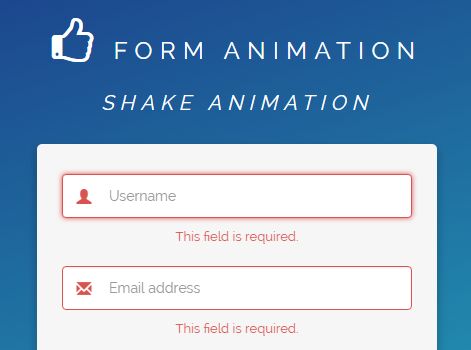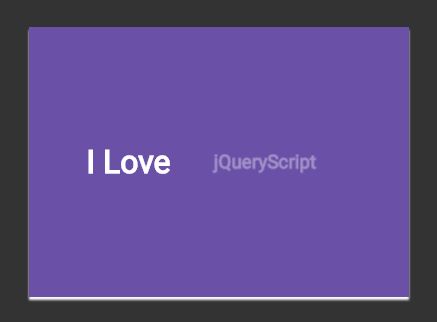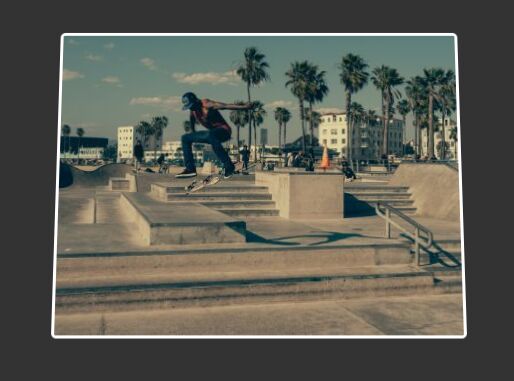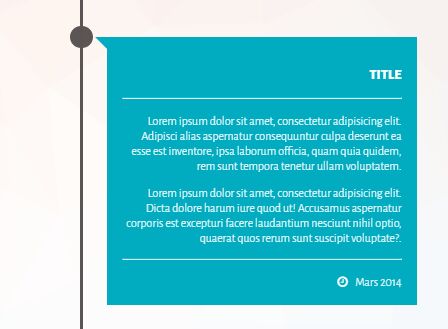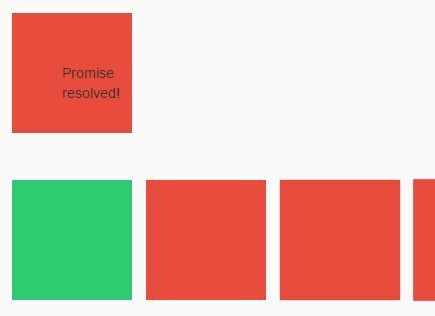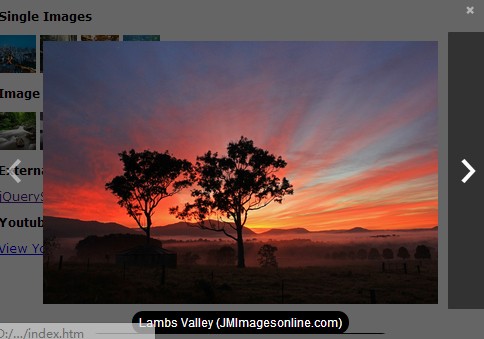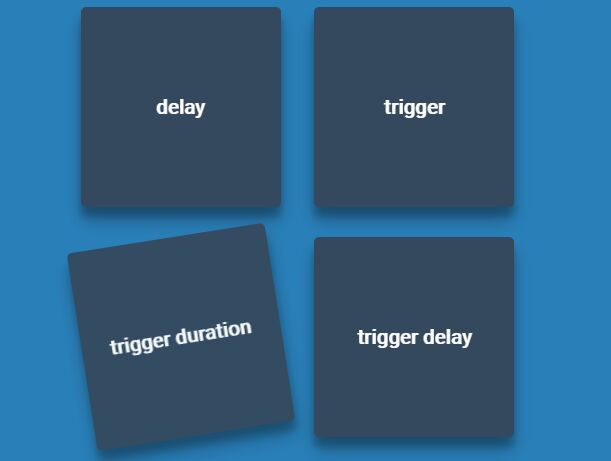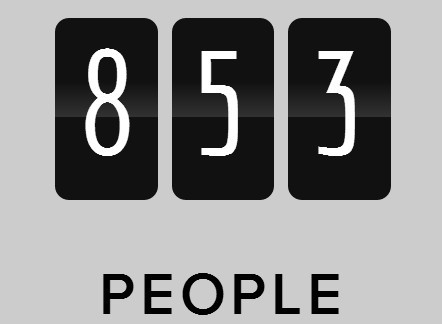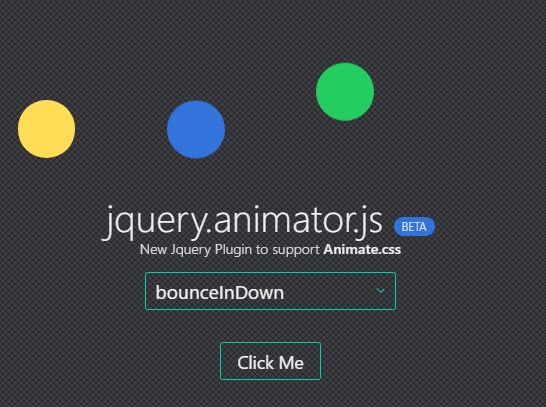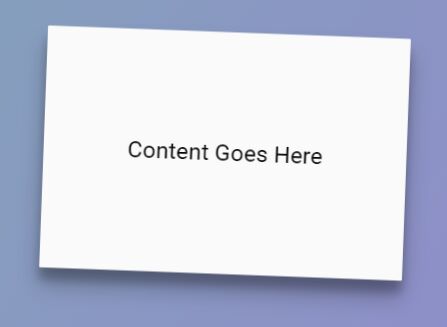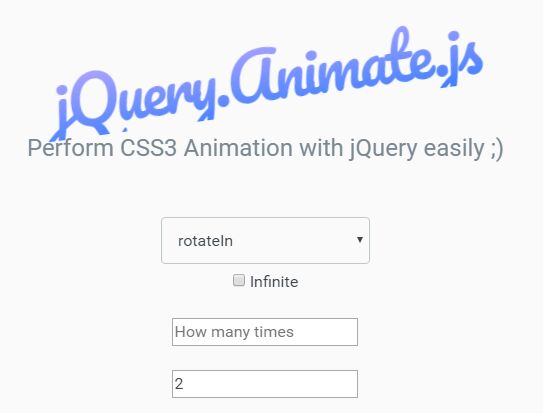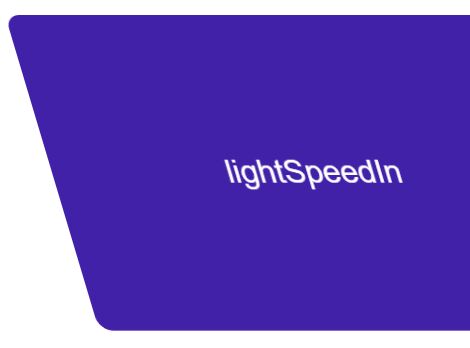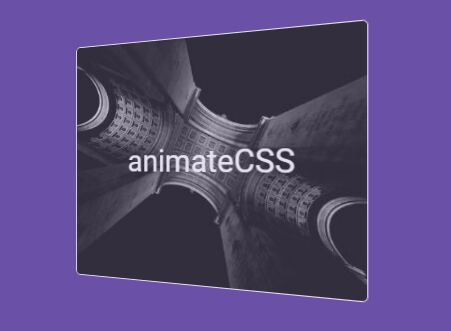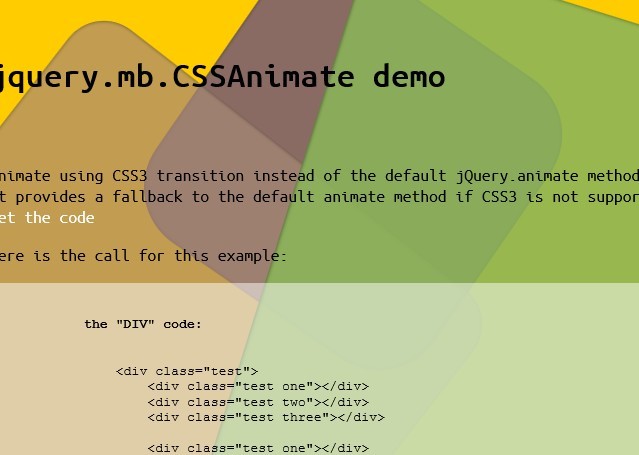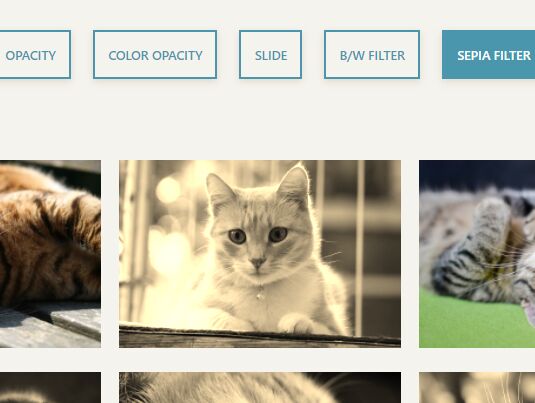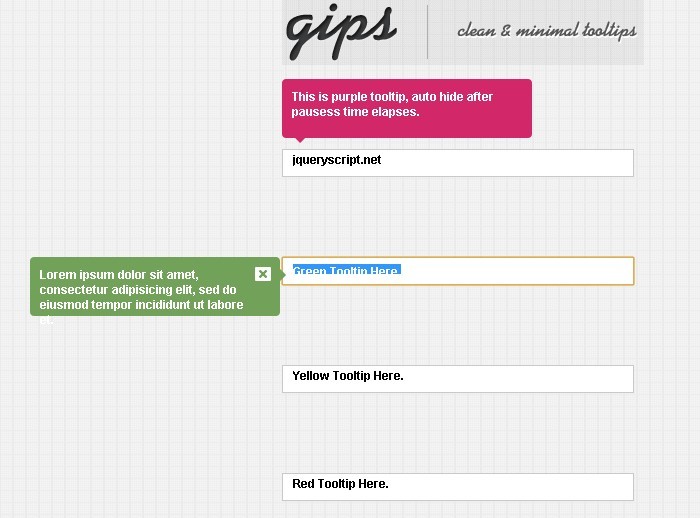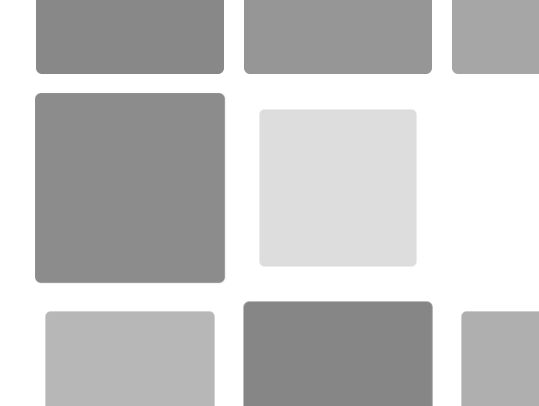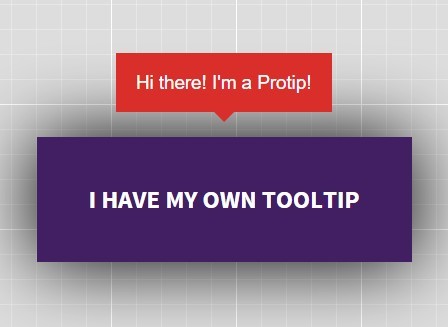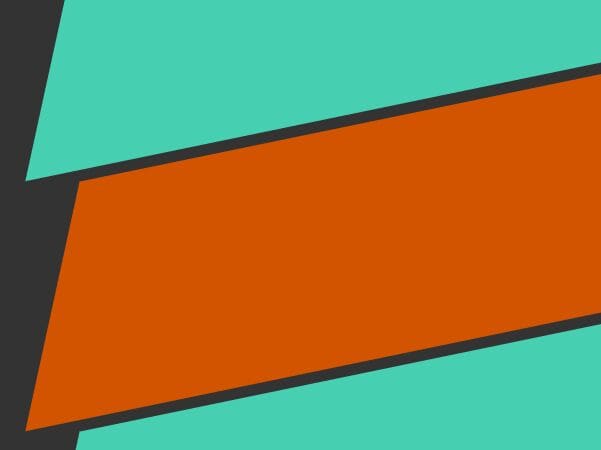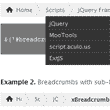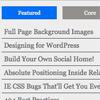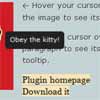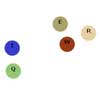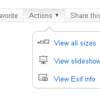Offside.js
Offside.js is a minimal JavaScript kit without library dependencies to push things off-canvas using just class manipulation. It's goal is to provide a super-lightweight, efficient and customizable way of handling off-canvas menus/elements on modern website and web applications.
Offside.js comes with its own default stylesheet which make use of CSS 3D transform, but you can write your own CSS hooking your style with Offside classes. This ensures super flexibility and completely decouples Offside.js from your style/markup.
Demos
- Single element
- Single element (without css 3dtransforms)
- Multiple elements
- Multiple elements (without css 3dtransforms)
- Typical setting
Features:
- Minimal DOM manipulations
- No library dependencies
- Uses CSS3 3D transforms (if you want to)
- No injected style. Offside entirely relies on classes manipulations
- BEM-like style
- Degrades gracefully on browsers not supporting CSS3 3D transforms
- Handles multiple off-canvas elements
- Left/right off-canvas
- Style agnostic
- No need of extra classes or any specific markup.
- Consumable as
commonJS/ESmodule with arequire('offside-js')
Browser Compatibility
All modern browsers and ie9+.
Offside.js relies on EventTarget.addEventListener / removeEventListener and querySelector / querySelectorAll methods without any fallback.
Check relative browser compatibility:
Usage instructions
Install:
You can install Offside.js as a Bower or NPM dependency.
# Bower bower install offside --save # NPM npm install offside-js --save1. Link files:
<!-- Put these into the <head> --> <link rel="stylesheet" href="dist/offside.css"> <script src="dist/offside.js"></script>...or import as a module:
import 'offside-js/dist/offside.css'; import offside from 'offside-js';2. Markup example:
<!-- Off-canvas toggle button --> <button type="button" id="my-button">Offside toggle</button> <!-- Off-canvas element --> <nav id="my-menu"> <ul> <li><a href="#">Home</a></li> <li><a href="#">About</a></li> <li><a href="#">Projects</a></li> <li><a href="#">Contact</a></li> </ul> </nav> <!-- Your Content --> <div id="my-content-container"> ... </div>Offside.js is designed to work with your existing HTML.
It doesn't pre-requires any specific markup. When Offside initializes It just adds a few classes on existing DOM elements.
3. Hook up the plugin:
<!-- Put this right before the </body> closing tag --> <script> //Offside.js minimal setup var myOffside = offside( '#my-menu', { slidingElementsSelector:'#my-content-container', buttonsSelector: '#my-button, .another-button', }); </script>What are "sliding elements"?
slidingElementsSelector is a selector list of all elements which slide out when an off-canvas element slides in. It's usually the page wrapper.
Use it only when you need your page to slide together with you off-canvas element.
4. Customizable options:
var myOffside = offside( '#my-menu', { // Global offside options: affect all offside instances slidingElementsSelector: '#my-content-container', // String: Sliding elements selectors ('#foo, #bar') disableCss3dTransforms: false, // Disable CSS 3d Transforms support (for testing purposes) debug: true, // Boolean: If true, print errors in console // Offside instance options: affect only this offside instance buttonsSelector: '#my-button, .another-button', // String: Offside toggle buttons selectors ('#foo, #bar') slidingSide: 'right', // String: Offside element pushed on left or right init: function(){}, // Function: After init callback beforeOpen: function(){}, // Function: Before open callback afterOpen: function(){}, // Function: After open callback beforeClose: function(){}, // Function: Before close callback afterClose: function(){}, // Function: After close callback });Global offside options are set when first Offside instance is created. This happens because Offside factory is created when the first offside() call occurs.
Public methods
Offside.js plays well with your application. Each Offside instance exposes the following methods:
offsideInstance.toggle();
offsideInstance.open();
offsideInstance.close();
offsideInstance.closeAll();
offsideInstance.destroy();
How does it work?
When the first Offside element is initialized, a singleton Offside factory is created and used to return the first Offside instance. The factory keeps track of all initialized Offside elements.
Offside.js is entirely based on classes injection and custom callbacks. No style is DOM injected. Never!
Classes are injected in just 3 elements:
bodyoff-canvas elementssliding elements
Here a brief explanation.
1. Initialization
Callbacks fired:
init()
Injected classes:
<body class="offside-js--init"> <!-- Off-canvas element --> <div class="offside offside--left"> <!-- Sliding element --> <div class="offside-sliding-element>2. First offside open
On first interaction with an Offside instance, offside-js--interact class is added to body. Sometime useful to avoid unexpected CSS behaviours on startup.
Injected classes:
<body class="offside-js--init offside-js--interact">3. Offside open
Callbacks fired:
beforeOpen()afterOpen()
Injected classes:
<body class="offside-js--init offside-js--transitions offside-js--is-open offside-js--is-left"> <!-- Off-canvas element --> <div class="offside offside--left is-open">4. Offside closed
Callbacks fired:
beforeClose()afterClose()
Injected classes:
<body class="offside-js--init offside-js--transitions"> <!-- Off-canvas element --> <div class="offside offside--left is-open">Tips and Tricks
- Set off-canvas elements width directly into
offside.cssstylesheet. - Replace
offside.csswithoffside-no-css-3d-transforms.cssstylesheet and and setdisableCss3dTransformssetting totrueto try the fallback.
Do you really need a JS plugin?
If you need to set up a simple off-canvas menu, you might not need JS! This Chris Coyer's post explains a nice solution which relies on CSS :target selector. ie9+ only!
Known bugs
Off-canvas elements blocked on the page
On some old mobile browsers ( as Android 2.2.2 FroYo ) off-canvas elements won't get out the page on page load.
This happens because their internal browser do not officially support CSS transforms (see can I use chart), but, according to my experience, they only support it partially. Infact these browser are able to pass Offside CSS 3dTransform test and do not activate Offside fallback strategy.
Offside instances are normally set to position: fixed and these browser are not able to apply translate3d transform to fixed positioned element.
An easy - but simplistic - fix, is to switch .offside position to absolute and properly set a relative position to a parent element (of course, it might have an impact on your page layout):
.offside { position: absolute; }Off-canvas elements inside a sliding element
Like this:
<!-- Sliding element --> <div id="my-page-wrapper"> <!-- Off-canvas element --> <nav id="my-offside-element"> ... </nav> ... </div>When an element receives a 3D transform style, It creates a containing block for all its descendants that have been set to position: fixed or position: absolute. Read more here.
To do's
Some ideas for the future. If you'd like to see any of the following realized, please contribute or open an issue.
- Expose Offside factory initialization method (now called on first Offside instance initialization)
- Customizable Offside classes
- Declare a different set of sliding elements for each Offside instance
- Add an option to let more than one Offside instance open at same time
- Replace GruntJS with npm script tasks
- Replace callbacks with global events (maybe)
- Remove CSS 3D Transform Support check (maybe)
Working on the repository
Make sure you have node and npm on your machine. When ready, you can install Offside.js dependencies:
npm install # or npm run setupOnce everything is set up, work in src directory and build dist files using:
npm run watch # or npm run buildUpdating gh-pages branch (just a reminder)
git checkout gh-pages git checkout master demos git checkout master distVersioning
Starting from version 1.3.0, this library uses semantic versioning.
